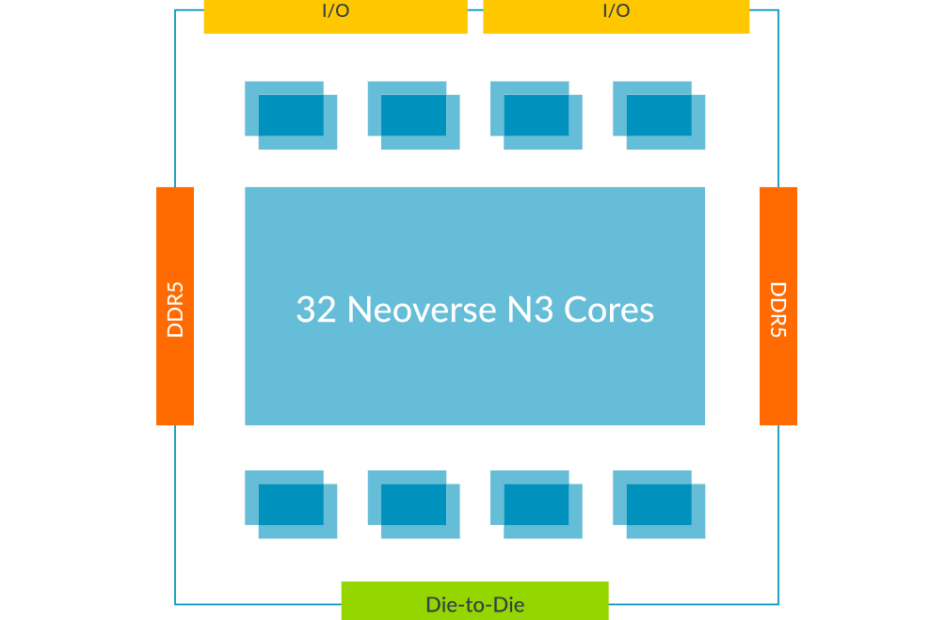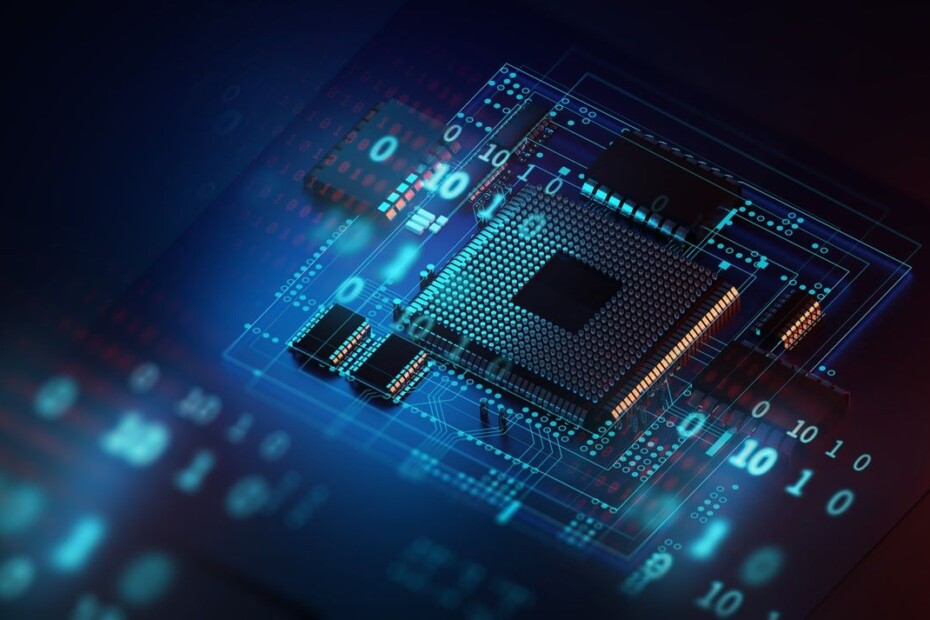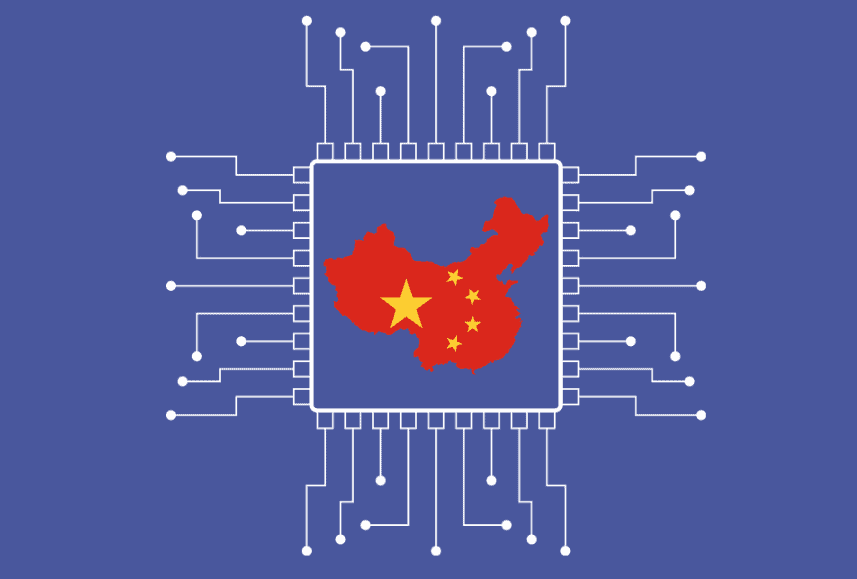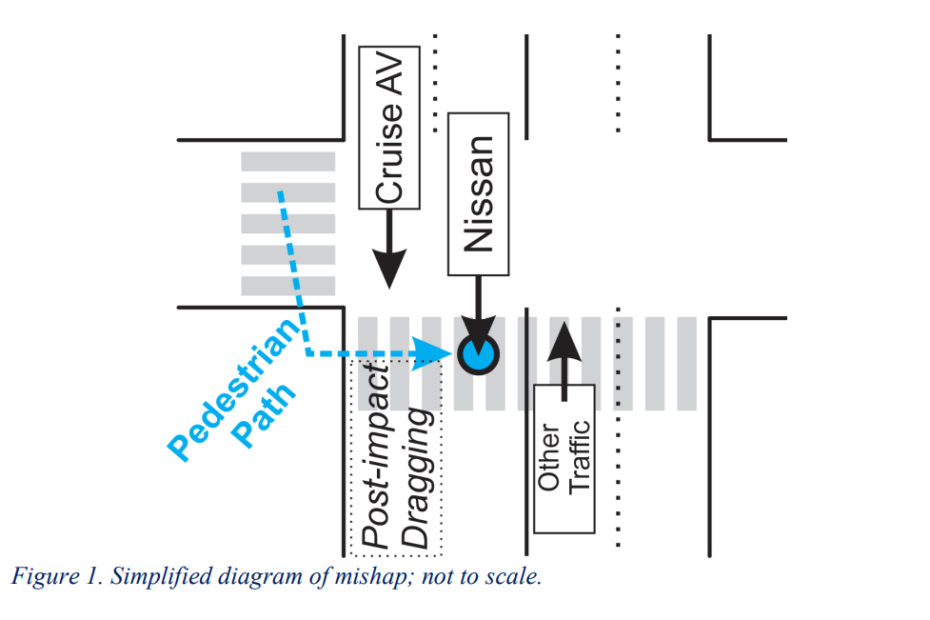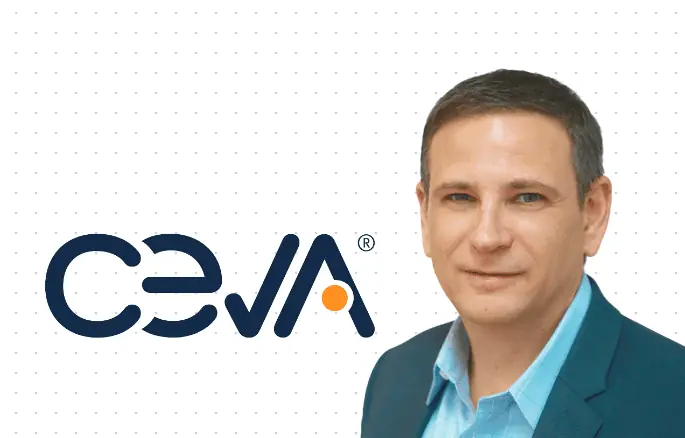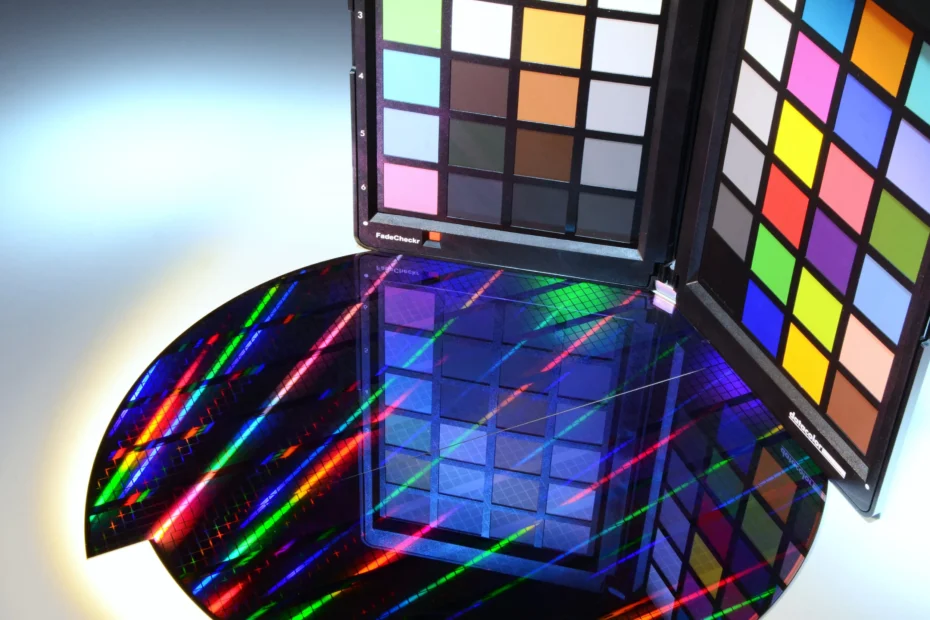Foundry Dreams Spotlighted at Intel-Palooza
What’s at stake:
“Intel Foundry Day” was described by one executive as a “coming out party” to burnish the image of Intel Corp.’s foundry enterprise. This isn’t Intel’s first crack at wooing customers into its foundry. The thing is this: beyond building new fabs around the world, has Intel CEO Pat Gelsinger done enough to prove that his ‘IDM 2.0’ strategy for manufacturing, innovation and product leadership is also working for customers?
By lining up big guns like U.S. Secretary of Commerce Gina Raimondo, Microsoft CEO Satya Nadella and OpenAI CEO Sam Altman as “Foundry Day” speakers, Intel highlighted its power to pull strings and issue a reminder that it remains a heavyweight in the global semiconductor industry.
To establish itself as a credible, independent foundry, however, Intel must go beyond pageantry.
Read More »Foundry Dreams Spotlighted at Intel-Palooza

